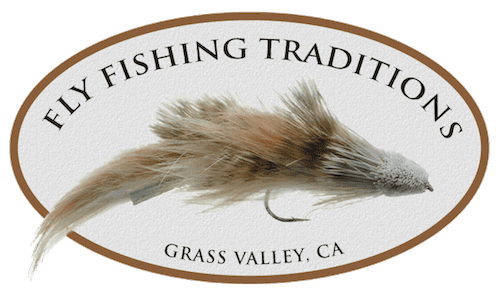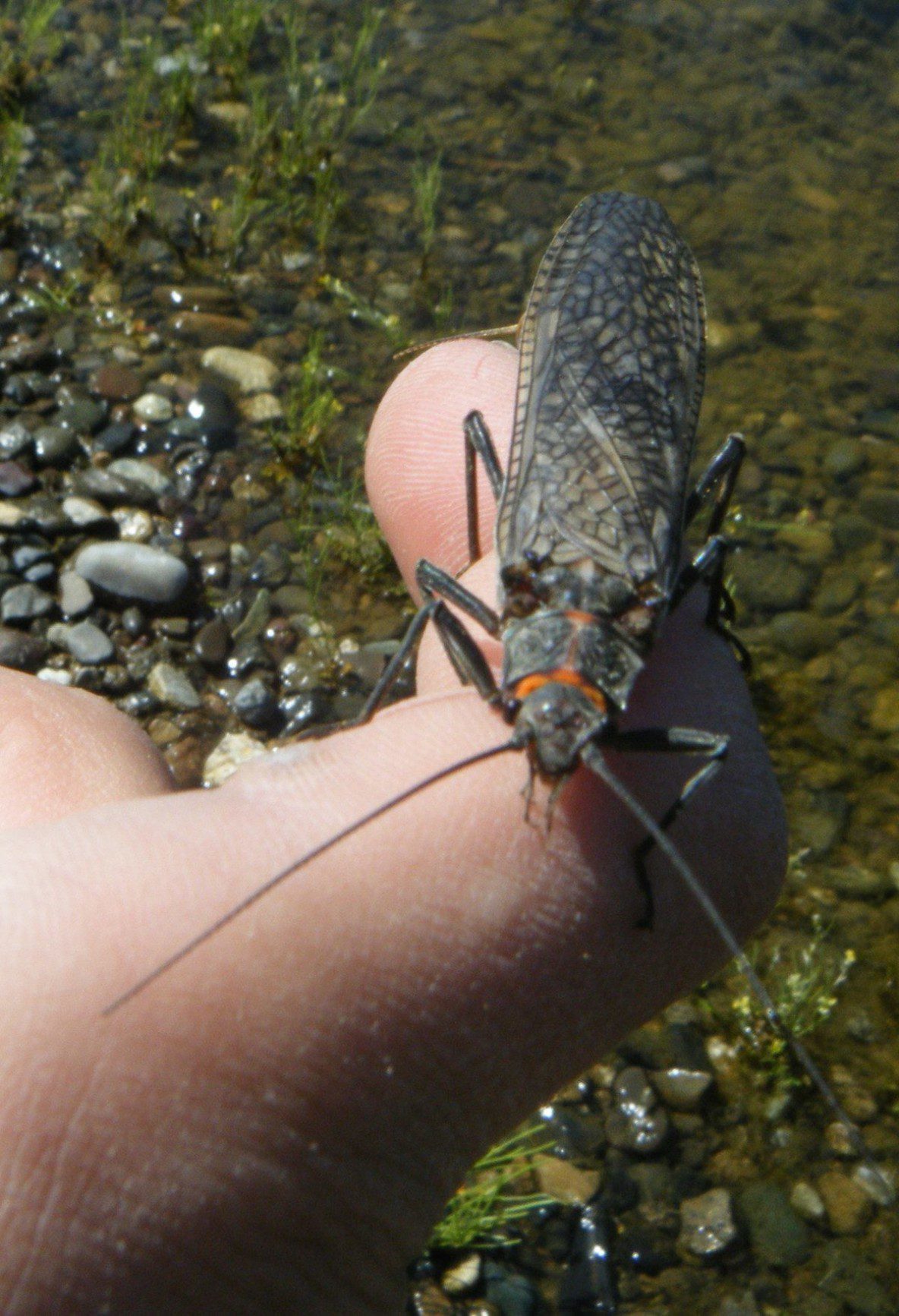As we all know fish can sometimes feed very selectively. There are some days when the fish “Lock Into” certain bugs. Our job as anglers is to figure out what they’re eating.
Most successful anglers are also very observant and can determine what stage of the bug the fish are taking. Once they determine the stage, a fly is chosen to match that particular stage of the hatch. The more you know about what fish feed on, the better you can match the hatch. The better you can match the hatch, the more fish you will catch in many circumstances.
This where being observant and being an active collector of bugs comes into play. It pays to know what kind of bugs are available in each of your fishing areas, runs, riffles, and tailouts. One of the best angling tools that you can add to your arsenal is a “kick screen”. It can be made easily by taking a square of window screen with a wooden dowel attached to the edges of each end.
It will pay big dividends if you sample the river each and every time you head to the river. The bottom ends of the sticks are jammed into the river bed with the screen strung between them perpendicular to the current of the river. You just position yourself upstream from the screen and shuffle your feet to loosen up rocks to get the bugs to lose their grip and flow downstream into the screen. Anything that is dislodged from the bottom is washed into the screen and held there by the water current. Carefully raise the screen to the surface, being careful that the trapped insects stay on the screen. Bring along something like a white plastic lid or Frisbee and pick out the bugs from the net and place them in the lid with a little water to see what’s going on in the insect world.
Once you have the bugs swimming around in the lid, pull out your fly boxes and find the flies than match the correct size, and color. The first thing that you will probably find out is that you have been regularly fishing with flies that are too big. Rick Hafele, who is a popular writer and entomologist, often says that the most important trigger for flies is to match size. This is one of those things we need to burn into our brain. “Size matters”.
If you can find one, the “Borger Color System” is a chart of systematically arranged color swatches which allow you to judge colors accurately.
It is also a good practice to take notes on what you find and keep them in a fishing journal.
Match the bugs and go fishing!
Preserving your Bug Samples
If you are interested in collecting bugs to bring home as references for your fly tying, you will need to learn how to store the bugs, and probably the most important, label your samples.
Aquatic invertebrates, bugs, should be preserved in 70 to 80 percent alcohol. It is recommended using 80 percent since the organisms you add to it will carry some water and dilute the alcohol. If the alcohol becomes too diluted, your specimens will become mushy and useless for study. Ethyl alcohol should be used whenever possible because it provides the best fixation of body tissues and is good for long term storage. However, isopropyl alcohol is a good substitute and can be purchased cheaply in drug stores. Whichever preservative is used, you should change it once with in a day or two after collecting.
Collections from different locations and dates should be preserved in separate containers and individually labeled. Small glass vials with tight-fitting screw cap lids or rubber stoppers are the best. The minimum amount of collection information should include name of water body, location of water body (e.g. road route, mileage to nearest town), elevation (if available), date (day, month, year) and name(s) of collector(s). Label information should be written on 100 percent bond paper using a pencil or alcohol-proof black ink. Labels should be placed inside the vial with the organisms. Below is an example of a typical label.
Lower Yuba River
1 1/2 miles above the Parks Bar Bridge
Honey Hole
Smartsville, CA
January 25, 2010
C. Hash
Identifying and studying your collections can be rewarding for several reasons. First, you can learn more about the different kinds of potential trout food/ organisms present in a stream you fish. Second, the size, structure, and color of preserved organisms can provide tips on how to model your flies at the vise.
The Basic identifications (order and family-level) required to benefit your fly tying activities can be made with a hand held magnifying glass.
The better information and samples you have on your tying bench, the better flies you will tie.
Wind River Bug Balmer
Notes from Wind River Products
Bug Balmer dispatches and preserves insects. Special ingredient fixes and maintains the color of almost all aquatic organisms. This preservative solution is the best we have used. For best results kill the insects by drowning them in the solution. Some larger insects will secrete body fluids when they die. This will pollute the solution and color it. For best results drain off this tainted fluid and replace it with clear fluid. For best results fill your container to the top so that no air is trapped between the closed lid and the fluid. Bubbles contain oxygen which will harden and bleach your specimens. Also bubbles tend to erode and break up your specimens if the container is tipped back and forth. Bubbles also obstruct your view of the specimens. No know solution will preserve colors for ever. Specimens preserved for six months Bug Balmer showed little change. Specimens preserved for over two years showed major change in color but most specimens preserved for over five years are still intact.

